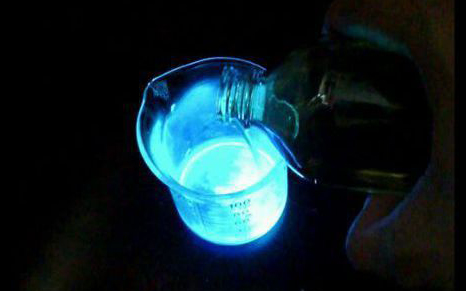| Message: | In criminal investigation dramas, it is easy to see this scene. The police on the scene sprayed something on the ground or corner. After a while, a certain area lit up, and the police shouted solemnly or excitedly: "Found it!" In "Legal Politics Pioneer III", the luminol reagent is sprayed after dipping the liquid that is suspected of blood stains or rubbing it with a cotton swab on an object that is suspected of having blood stains. The medical human body structure stored in the laboratory is unanimously certified by all forensic personnel. The model is a murder weapon. Is it so amazing? Just rely on the purple on a cotton swab? Yes, it is so magical. When the blood meets luminol and phenolphthalein, what kind of adventure will they have? Today we will reveal Peru Mino.
As a synthetic organic compound, luminol chemiluminescence reagent was synthesized in 1853. At that time, it was not found to be any special. It was not until 1928 that chemists first discovered the wonderful properties of this compound: when it was oxidized When it can emit blue light. Within a few years, some people thought of using this luminous characteristic of luminol to do blood stain detection.
When examining blood stains, luminol reacted with hemoglobin (a protein responsible for transporting oxygen in hemoglobin), showing blue-green fluorescence. This detection method is extremely sensitive and can detect only one part per million of blood. It can be detected even if a small drop of blood is dropped into a large tank of water. This shows how difficult it is for criminals to clean the scene.
The heme of hemoglobin in our blood has peroxidase activity, which can catalyze hydrogen peroxide, release new ecological oxygen, oxidize the receptor reagent and develop color. pro .sir They used the combination of phenolphthalein and protein to show the rose red color, and concluded that there were blood stains on the fake bones, helping the crime team detect the case and reproduce the real scene! |
 my account
my account
 log out
log out
 my account
my account
 log out
log out
